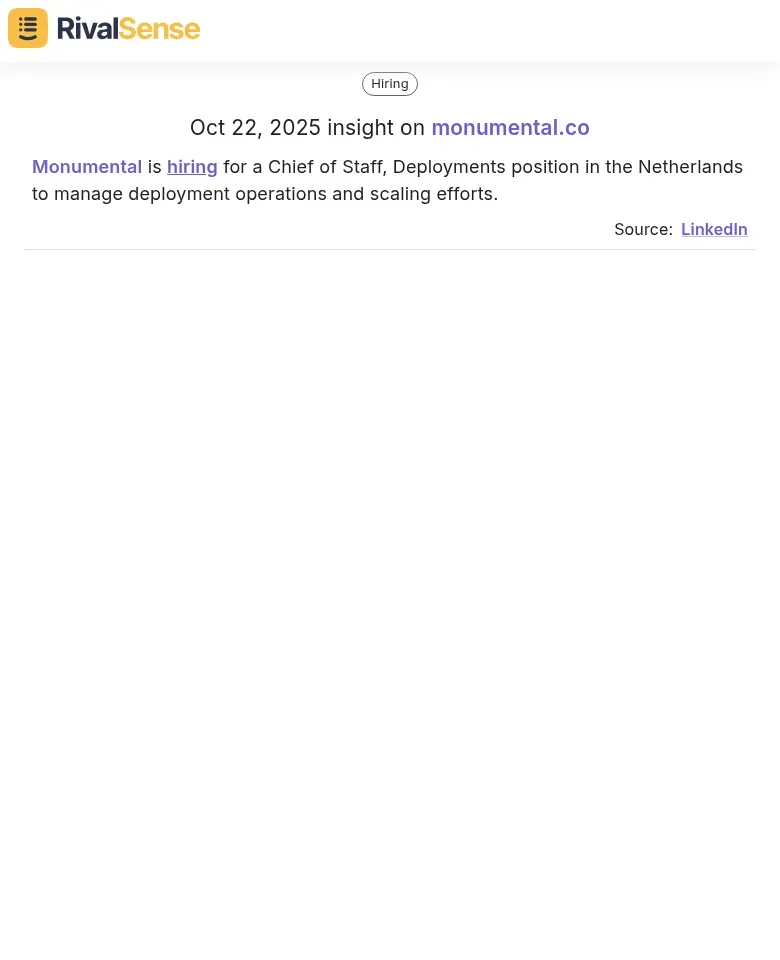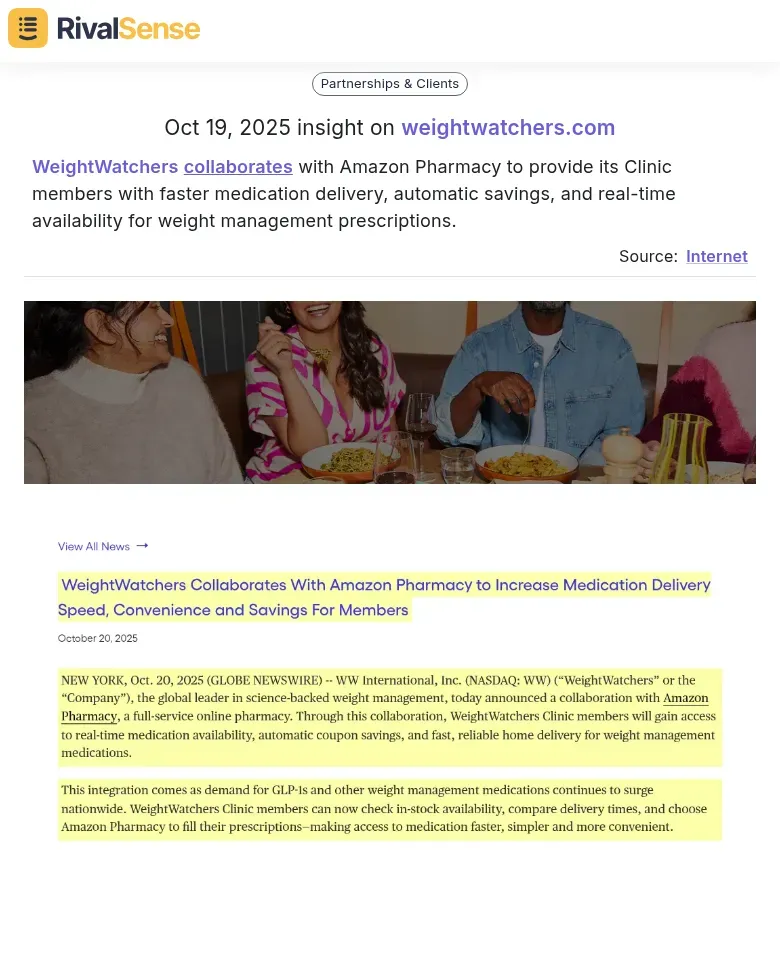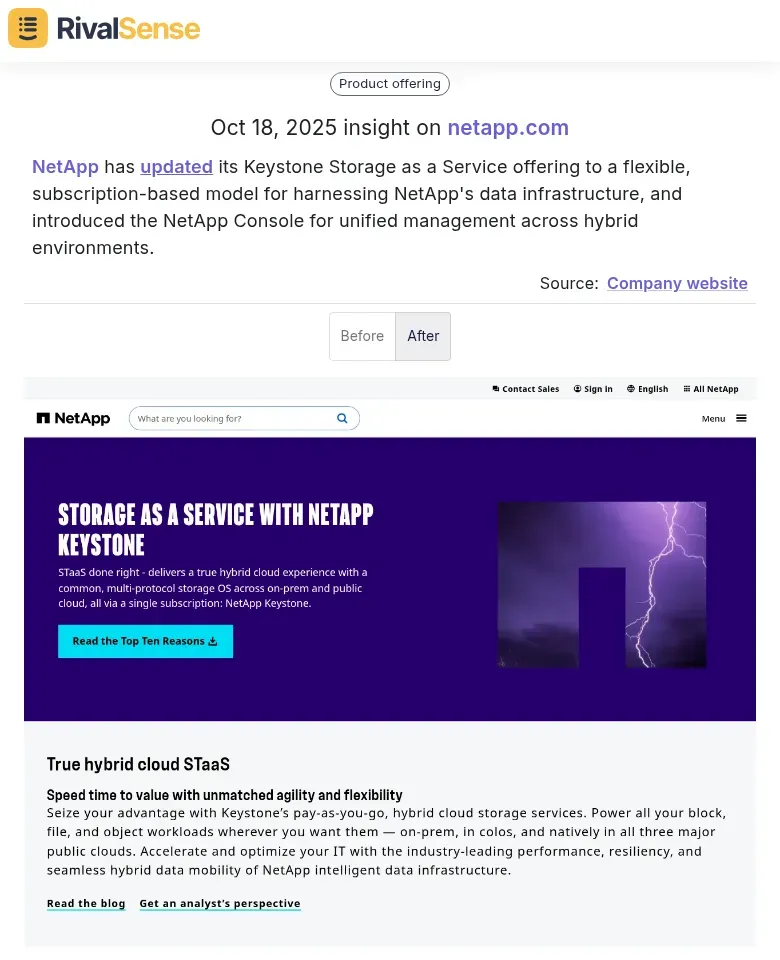Key Account Management Dashboard Examples: Templates, Features, and Building Guide
Key account management dashboards are crucial for scaling your B2B business and retaining high-value clients. They provide a centralized view of client performance and relationships, enabling proactive management. As your key account portfolio grows, it becomes unsustainable to manage client relationships and performance metrics via spreadsheets and manual tracking. Different clients have different success metrics, making it complex to maintain consistent oversight across your entire account base. In 2025, account managers typically monitor data from 8-12 different sources including CRM systems, financial platforms, communication tools, and performance metrics.
Jumping between different systems takes significant time and energy. Since you can't monitor everything 24/7, you risk missing critical changes in client behavior, satisfaction levels, or performance indicators. Insights and decision-making are delayed, potentially jeopardizing valuable client relationships.
As a business leader, the last thing you want is to get bogged down by manual tracking when you should be focusing on strategic relationship building and growth opportunities. Multiply this by dozens of key accounts, and you've got an overwhelming amount of manual work on your hands.
This is why 72% of B2B companies use automation tools for key account management. With proper automation, account managers can scale their efforts while saving time and maintaining strong client relationships.
WHAT IS A KEY ACCOUNT MANAGEMENT DASHBOARD?
A key account management dashboard is a business intelligence tool that automatically compiles your most important clients' data from multiple sources and visualizes it in one centralized interface. Unlike spreadsheets, these dashboards provide real-time insights and automated reporting, making them essential for modern account management.
With a key account dashboard, you can manage all your strategic client relationships in one place and generate comprehensive reports in minutes. The best part about these automation tools is that you don't need technical expertise to use them effectively, allowing you to focus on strategy rather than data wrangling.
HOW DO YOU BUILD A KEY ACCOUNT MANAGEMENT DASHBOARD?
Building a key account management dashboard involves selecting the right tools and configuring them to meet your specific needs. You can easily create custom dashboards using modular components to cater to each client's requirements and your internal reporting standards.
Practical Steps to Build Your Dashboard:
- Identify Key Metrics: Start by listing the most important KPIs for each key account, such as revenue growth or client satisfaction scores.
- Map Data Sources: Identify where your account data lives (e.g., CRM, financial systems, communication platforms).
- Choose Your Platform: Select a dashboard tool that integrates with your existing systems and offers user-friendly features.
- Design the Layout: Organize widgets logically by client importance or metric category for easy navigation.
- Set Up Automation: Configure automatic data refreshes and alert systems to stay informed without manual checks.
- Test and Refine: Validate data accuracy and adjust based on user feedback to ensure the dashboard meets your needs.
10 KEY ACCOUNT MANAGEMENT DASHBOARD TEMPLATES AND EXAMPLES
Selecting the right template can streamline your account management process and improve efficiency. Here are 10 popular dashboard templates used by successful B2B companies to monitor and grow key accounts effectively.
1. STRATEGIC ACCOUNT OVERVIEW DASHBOARD
Great for: Getting a high-level view of all key accounts' health and performance at a glance.
2. CLIENT HEALTH SCORING DASHBOARD
Great for: Monitoring account satisfaction, engagement, and risk factors to prevent churn.
3. REVENUE TRACKING DASHBOARD
Great for: Tracking contract value, renewal dates, and growth opportunities to maximize revenue.
4. RELATIONSHIP MANAGEMENT DASHBOARD
Great for: Monitoring communication frequency, meeting cadence, and stakeholder engagement to strengthen bonds.
5. PERFORMANCE METRICS DASHBOARD
Great for: Tracking service level agreements, deliverables, and success metrics to ensure accountability.
6. EXPANSION OPPORTUNITIES DASHBOARD
Great for: Identifying upsell, cross-sell, and referral opportunities to drive account growth.
7. RISK ASSESSMENT DASHBOARD
Great for: Early identification of at-risk accounts and proactive intervention to retain clients.
8. EXECUTIVE REPORTING DASHBOARD
Great for: C-level reporting on key account portfolio performance with summarized insights.
9. TEAM PERFORMANCE DASHBOARD
Great for: Managing account manager workloads and performance to optimize team efficiency.
10. COMPETITIVE INTELLIGENCE DASHBOARD
Great for: Monitoring competitor activity within your key accounts to stay ahead of market shifts.
WHAT DOES A KEY ACCOUNT MANAGEMENT DASHBOARD SHOW?
Understanding what metrics to track is essential for effective account management. A well-designed dashboard visualizes critical data that helps you make informed decisions and foster client success.
Effective key account dashboards typically display metrics such as:
- Account revenue and growth trends 📈
- Client satisfaction scores (e.g., NPS, CSAT) 😊
- Engagement metrics and communication frequency 💬
- Contract renewal dates and values 📅
- Service level agreement compliance ✅
- Expansion opportunities and pipeline 🚀
- Risk indicators and churn probability ⚠️
HOW DO KEY ACCOUNT DASHBOARDS DRIVE BUSINESS SUCCESS?
Key account dashboards transform raw data into actionable insights, enabling proactive relationship management. By automating routine tasks, they free up time for strategic initiatives that drive growth and retention.
Practical Benefits Checklist:
- [ ] Automated data collection from multiple sources
- [ ] Real-time performance monitoring
- [ ] Proactive risk identification
- [ ] Streamlined reporting processes
- [ ] Improved client communication
- [ ] Better resource allocation
- [ ] Enhanced strategic planning
Once data transfer is automated, there's less risk of errors and omissions. This means you can make better-informed decisions about account strategy, leading to higher client satisfaction and retention rates.
Compared to manual tracking methods, dashboard data is live and continuously updated. This allows you to instantly see whether your key accounts are meeting their success metrics or showing warning signs. With this information, you can proactively address issues before they escalate and capitalize on opportunities as they arise.
Pro Tip: Set up custom alerts for critical metrics like declining engagement, missed deliverables, or upcoming contract renewals. This ensures you never miss important signals from your key accounts. 🔔
Key account dashboards also save significant resources. What would require multiple account managers manually tracking dozens of metrics can be managed efficiently through a single automation platform.
HOW TO CHOOSE THE RIGHT KEY ACCOUNT MANAGEMENT DASHBOARD
Selecting the right dashboard tool is critical for maximizing the value of your key account management efforts. Not all business intelligence platforms are equally suited for the unique demands of managing high-value client relationships.
Popular options in the market include Salesforce, HubSpot, Tableau, Power BI, and custom-built solutions. However, it's important to evaluate them based on specific criteria that align with your business goals.
Key Selection Criteria:
1. COMPREHENSIVE INTEGRATIONS
Seamless integration with your existing systems ensures accurate and timely data flow. Most dashboard software allows connections to various business systems, but the ease of integration varies significantly.
Look for platforms that offer:
- Native connections to your CRM, financial systems, and communication tools
- Easy setup without technical expertise
- Support for custom data sources
- Real-time data synchronization
2. REAL-TIME DATA AND PROACTIVE ALERTS
In key account management, timing is everything for addressing issues and seizing opportunities. You need a dashboard that provides immediate insights and notifications to stay ahead.
Prioritize tools with:
- Real-time data streaming
- Customizable alert thresholds
- Multiple notification channels (email, mobile, dashboard)
- Automated workflow triggers
3. COMPETITIVE AND MARKET CONTEXT
This is where RivalSense adds unique value to your key account management strategy. While most dashboards focus on internal metrics, understanding your competitive landscape is crucial for key account success.
RivalSense tracks competitor activities across 80+ sources including:
- Product launches and updates
- Pricing changes
- Event participation
- Partnership announcements
- Regulatory developments
- Management changes
- Media mentions
This competitive intelligence is delivered in weekly email reports, giving you crucial context about market dynamics that could impact your key accounts. Knowing when competitors are making moves allows you to proactively address client concerns and position your solutions more effectively.
Real-World Examples of Competitive Insights:
-
Management Changes: Monumental is hiring for a Chief of Staff, Deployments position in the Netherlands to manage deployment operations and scaling efforts.

Why it's valuable: Tracking management hires can reveal competitor expansion plans or operational shifts, allowing you to anticipate market moves and adjust your account strategies accordingly. -
Partnership Announcements: WeightWatchers collaborates with Amazon Pharmacy to provide its Clinic members with faster medication delivery, automatic savings, and real-time availability for weight management prescriptions.

Why it's valuable: Partnership news can signal new competitive threats or opportunities, helping you proactively address client concerns about market changes and strengthen your value proposition. -
Product Updates: NetApp has updated its Keystone Storage as a Service offering to a flexible, subscription-based model for harnessing NetApp's data infrastructure, and introduced the NetApp Console for unified management across hybrid environments.

Why it's valuable: Product launches and updates directly impact your value proposition; knowing about them early enables you to refine your messaging and counter competitive advances in your key accounts.
4. GRANULAR ACCOUNT INSIGHTS
Detailed insights into individual accounts help you tailor your approach and address specific client needs. The best key account dashboards provide both high-level overviews and deep drill-down capabilities.
Ensure your tool supports:
- Individual account performance tracking
- Stakeholder relationship mapping
- Communication history and patterns
- Custom metric configuration
- Historical trend analysis
5. MULTIPLE STAKEHOLDER VIEWS
Different team members require different information to perform their roles effectively. Your dashboard should accommodate various perspectives without compromising data security or clarity.
Key features to look for:
- Executive views for C-level reporting
- Account manager detailed views
- Cross-functional team access
- Client-facing reporting capabilities
- Role-based permissions
PRACTICAL IMPLEMENTATION CHECKLIST
Implementing a key account management dashboard requires careful planning and execution to ensure success. Follow this step-by-step checklist to streamline the process and avoid common pitfalls.
Phase 1: Planning & Preparation
- [ ] Define your key account success metrics
- [ ] Identify all data sources and owners
- [ ] Establish reporting requirements by stakeholder
- [ ] Set up data governance protocols
- [ ] Create implementation timeline
Phase 2: Platform Selection
- [ ] Evaluate integration capabilities
- [ ] Test data accuracy and refresh rates
- [ ] Assess ease of use and training requirements
- [ ] Verify security and compliance features
- [ ] Consider scalability and future needs
Phase 3: Implementation
- [ ] Connect all data sources
- [ ] Build initial dashboard templates
- [ ] Configure alerts and automation
- [ ] Train key users
- [ ] Establish maintenance procedures
Phase 4: Optimization
- [ ] Gather user feedback
- [ ] Refine metrics and layouts
- [ ] Expand to additional accounts
- [ ] Integrate competitive intelligence (like RivalSense)
- [ ] Continuously improve processes
WRAPPING UP
If you're managing strategic client relationships in today's competitive B2B landscape, a comprehensive key account management dashboard is no longer optional—it's essential. The right dashboard transforms how you understand, serve, and grow your most valuable client relationships by providing real-time insights and automation.
Remember that the most effective key account strategies combine internal performance data with external market intelligence. Tools like RivalSense provide the competitive context that helps you anticipate client needs and stay ahead of market changes, ensuring you're always one step ahead.
By automating data collection and providing proactive insights, you can shift from reactive account management to strategic relationship building. This not only improves client satisfaction and retention but also creates more opportunities for account growth and expansion.
Key Takeaway: The ultimate key account management dashboard doesn't just show you what's happening with your accounts—it helps you understand why it's happening and what you should do about it. Combine internal performance metrics with external competitive intelligence for a complete picture of your account landscape.
Start building your key account management dashboard today, and transform how you manage your most important client relationships. To enhance your strategy with competitive intelligence, try out RivalSense for free at https://rivalsense.co/ and get your first competitor report today!
📚 Read more
👉 Cloud Infrastructure Leaders: Key Account Management Strategies for Success
👉 How Atea's Incident Response Team Uncovered Hidden Competitor Advantages
👉 Advanced Twitter Tactics for Tracking Competitor Activity
👉 Predictive Analytics for Key Account Success in Transportation
👉 Avoid These 4 Pricing Mistakes When Tracking Competitor Insights
